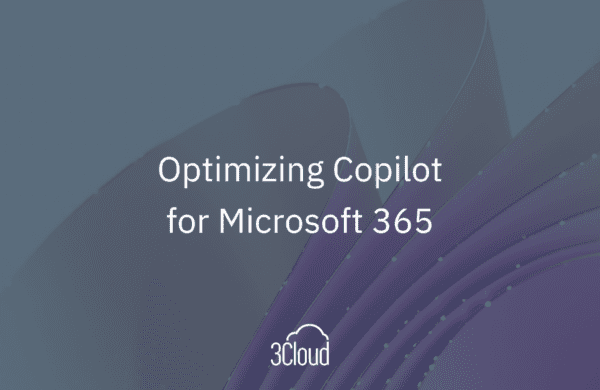The concept of artificial intelligence (AI) has been around for decades, so why has it only recently gained traction? Due to recent advances in both hardware and algorithms, what was once thought prohibitively expensive or not even possible is now possible. Not only that, but it is available at scale and feasible to incorporate into everyday business solutions.
Artificial Intelligence
AI presupposes that people can create technology that imitates human intelligence. In addition to applications explicitly programmed for an outcome, AI also encompasses models that learn on their own when provided with specific inputs. Traditionally difficult tasks for a computer to perform are becoming increasingly available via AI. Solutions that involve highly cognitive skills that encompass images and vision, speech and audio, or natural language are now in the realm of possibility.
For the past few years, machine learning has been a dominant discussion point. Separate from but related to machine learning is deep learning. Deep learning takes advantage of algorithms that work well for vision, speech and text. To simplify, think of AI as an umbrella that encompasses both machine learning and deep learning.
AI + Cloud
AI takes a lot of processing power. Easier access to high-end computing resources has enabled faster and broader innovation in AI. Perhaps more exciting than AI by itself is the combination of AI and scalable cloud computing. Cloud vendors such as Amazon or Microsoft (with its Azure platform) are in a much better position to offer the compute power required for large-scale deep learning and AI solutions. Cloud technologies have also matured to the extent where it only takes minutes to create a powerful data science environment.
Many of the arguments in favor of a cloud-based AI echo the traditional reasons businesses weigh on-premises versus cloud. For solutions leveraging AI, there are clear advantages to the cloud, but none of these potential reasons are AI-specific. Cloud-based AI allows businesses to:
- Leverage a spectrum of technologies that cater to anyone – from developers to data scientists.
- Quickly scale if needed.
- Take advantage of a pay-as-you-go pricing model where you only pay for what you consume.
- Rapidly build out prototypes to prove out a concept.
AI is Specialized
As humans, we are well-rounded with general knowledge, but we also have specific skills. You likely would not ask someone from your marketing department to prepare your company’s financial statements (a specialized task). Even without the ability to prepare the statements, however, the marketing staff would be able to read and comprehend much of the content (a more general function).
What people often take for granted as general or innate knowledge is completely unknown to various AI models. Throughout our lives, we’ve learned and can adapt to a variety of situations we have never specifically encountered before. At this stage, AI is specialized. While models still learn, that learning is heavily dependent on the training data. A deep learning model initially trained to recognize images of automobile components will not be good at classifying images of birds, let alone be useful for natural language tasks. An AI focusing on understanding speech will not work well for images, etc.
A broader business solution, however, may utilize several AI solutions in combination. Outputs of one system can be used as the inputs for another. Many AI solutions are also not standalone. You may employ AI at a specific point in a larger data pipeline.
The Case for AI
Some people believe AI to be a panacea that in itself could solve a wide range of business problems, but that is not the case. It takes planning and effort to solve a problem, and nothing changes in that regard when you employ AI in a solution. As an “expert” trained in a specialized task, however, AI is great at handling problems where it is difficult for people to achieve scale or efficiency. AI is a component in a business solution and does not marvelously solve every problem by itself. Human decision-making and manual work will likely still be involved at many stages of an AI-related project.
Before taking on any AI project, first determine the problem you would like to address. Here are some ways businesses today employ AI to increase their competitive advantage:
| Industry | Sample Problem | Solution Goal |
| Manufacturing | Equipment failure leads to costly shutdowns | Increase efficiency through predictive maintenance |
| Healthcare | Labor-intensive diagnostic and administrative processes | More effective patient and medical record processing |
| Retail | High inventory costs due to overstocking, or shortages due to out of stock items | Optimize supply chain and logistics |
| Education | Student dropouts | Identify at-risk students or likely enrollment changes |
This introductory AI post intentionally did not consider specific technologies, but in my next post, I will survey a set of tools that make up the Microsoft AI platform. I’ll also demonstrate how BlueGranite can help you leverage many of those components to build an AI solution. Stay tuned for the next update!
If you are interested in learning more about harnessing the potential of AI at your organization, contact us today.





